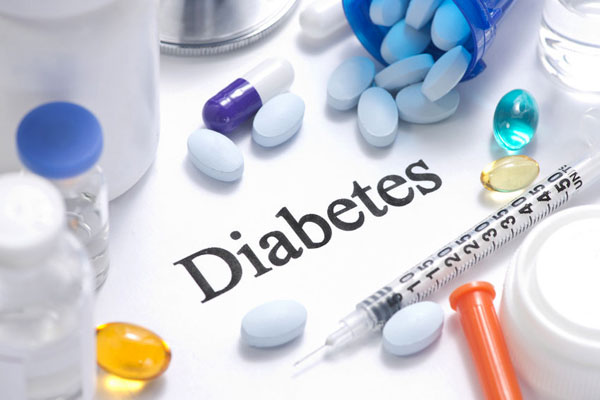GLP1R-targeting drugs dominate type 2 diabetes pipeline: GlobalData
This indicates a shift from the conventional IR to the GLP1R as the primary target for pioneering T2D treatments
The type 2 diabetes (T2D) landscape has historically been dominated by insulin receptor (IR) targeting drugs. However, driven by the success of recent glucagon-like peptide 1 receptor (GLP1R)-targeting drugs, there has been a surge in the number of active pipeline drugs addressing this target. This indicates a shift from the conventional IR to the GLP1R as the primary target for pioneering T2D treatments, says GlobalData.
T2D is characterised by insulin resistance and relative insulin deficiency. This condition disrupts glucose metabolism, resulting in high blood glucose levels and a variety of effects thereafter, such as an increased risk of stroke and diabetic neuropathy. Affecting over 450 million patients worldwide, T2D is the most prevalent form of diabetes.
IR’s role in T2D is well-defined. IR activation results in a complex intracellular signaling network, which ultimately regulates glucose metabolism by stimulating glucose uptake.
Jasper Morley, Drugs Intelligence Analyst at GlobalData, comments: “As such, there are 86 marketed agonists acting on this receptor. These make up 40 per cent of all marketed T2D treatments, more than double the drug count for any other target. In contrast, agonists targeting GLP1R make up only 6 per cent of marketed treatments.”
GLP1R activation results in downstream intracellular events, leading to increased insulin synthesis and enhanced glucose-dependent secretion of insulin, which ultimately reduces blood sugar levels.
However, compared to currently marketed treatments, IR is not the front runner in the T2D pipeline. Here, there are 163 drugs targeting GLP1R, more than double the count for IR-targeting drugs.
Morley continues, “Despite current market dominance, IR-targeting treatments no longer seem to hold the T2D spotlight. Instead, the surge of pipeline drugs suggests companies have redirected their attention to GLP1R.”
Effective T2D management by GLP1R activation is achieved via high receptor concentrations in pancreatic tissues, which effectively reduces blood sugar levels, leading to lower blood pressure and reduced hypoglycemia incidence.
The recent blockbuster success of the GLP1R agonists Ozempic (semaglutide) by Novo Nordisk and Mounjaro (tirzepatide) by Eli Lilly has likely influenced the current T2D pipeline. Ozempic generated global sales of $8.5 billion in 2022, whereas Mounjaro, which received approval in 2022, is forecast to overtake this, generating over $27 billion in 2029 alone.
Considering Ozempic’s success, Novo Nordisk has six active GLP1R drugs in its T2D pipeline. Both LAI-287 + semaglutide and cagrilintide + semaglutide (Cagrisema) are in Phase III clinical trials and possess the highest likelihood of approval (LoA) scores among innovative T2D drugs, with 54 per cent and 52 per cent, respectively, according to GlobalData’s Likelihood of Approval tool.
Both treatments are fixed-dose combinations involving semaglutide and are estimated to launch in the EU by the end of 2025, with US launches the following year. Cagrisema is forecast to be a blockbuster, generating nearly $8 billion in revenue in 2029.
Morley concludes, “Due to the current success and the forecast future success of GLP1R-targeting treatments, the T2D landscape is expected to undergo a significant transformation. As time progresses, GlobalData expects the marketed T2D landscape to shift, with GLP1R-targeting treatments overtaking IR-targeting treatments to dominate the market.”


